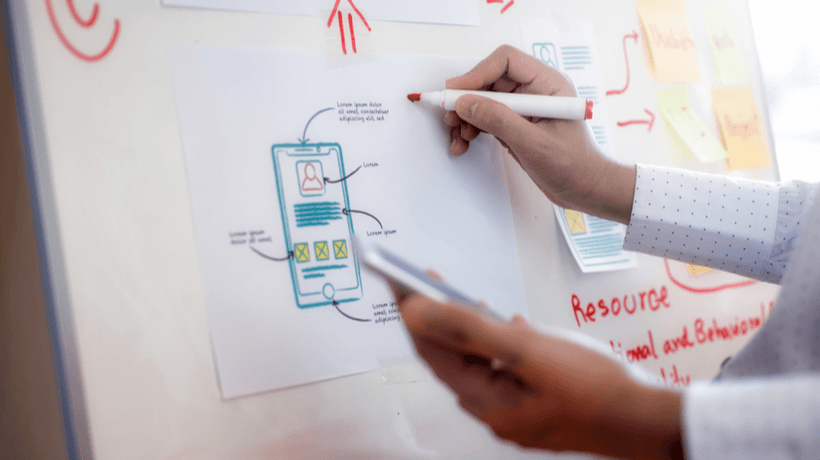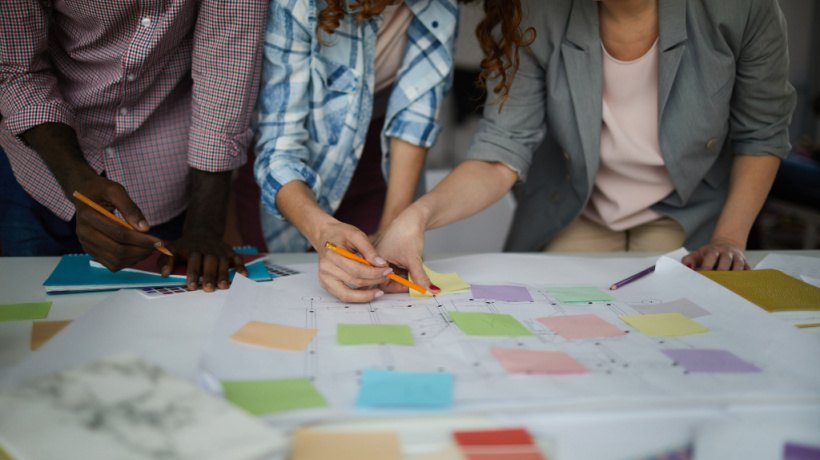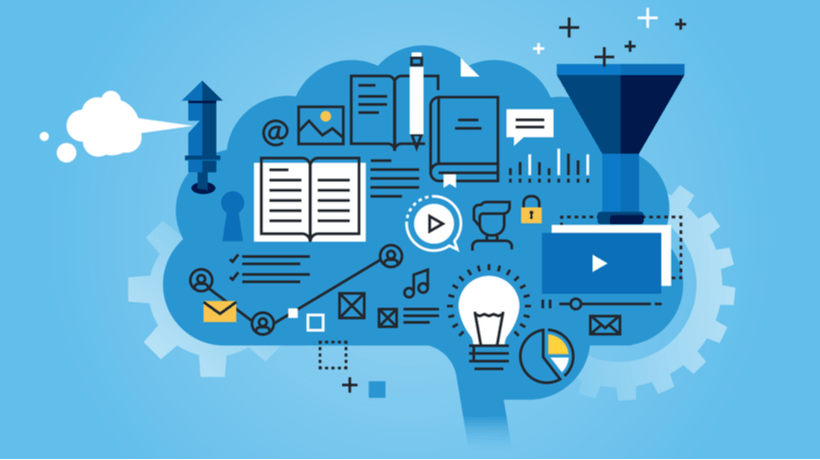When Is Learning Not Learning?
Long before experience and experience design was a concept in the world of learning, it was a thing in marketing, web design, tourism, and many other areas of consumer life. People running tourist destinations focus on "the visitor experience." Ancient monuments too fragile to let visitors near them now have a "visitor experience center" (you are offered an experience in compensation for not being able to look up close or touch).

Marketing directors now spend their lives architecting "brand experiences." A sports shoe shop is no longer a sports shoe shop, it’s the Nike experience. To all of these different categories of experience, the discipline of UX is highly relevant. But only partially relevant, it seems, to learning.
The Many Faces Of The Learning Experience
So, is learning some special type of activity that we have to keep severely quarantined from the rest of what’s going on in the world of experience design for fear of contamination?
Perhaps that would be the case if everything that sat under the label of learning within organizations and institutions were of a single type. But in reality, learning in the organizational context is not one thing, but a wide variety of activities, not every single one of which requires transfer into long-term memory.
The powerful computing devices we each carry in our pockets and bags have saved us a huge amount of cognitive load in allowing us to instantly look up things we previously would have had to commit to memory. Checklists and job aids have always played a part in workplace learning, and now that this type of information can be digitally served, there seems even less reason to burden our already struggling powers of recall with information that is volatile (i.e., liable to change within a short timescale), irrelevant to the regular performance of tasks and exercise of skills, or unrelated to onward career paths.
When discussing the concept of experience design, it is important to also discuss the power of User Experience design to remove friction from the steps by which we get to the moment of learning. There is nothing to be gained by proliferating the undesirable difficulties that often stand in the way of people who are motivated to take on the challenge of learning something new, but who are too often frustrated by the process of trying to engage with learning systems.
Waste Not, Want Not
Ugly, unusable interfaces; protracted, bureaucratic approval processes; multiple sign-ons, poor discovery of content, ineffective search, overly rigid course, and curriculum structures – all these things add levels of undesirable difficulty that waste the energy which could otherwise be saved for tackling the useful difficulties involved in learning.
This idea of desirable and undesirable difficulties finds an echo in a recent blog post by Nick Shackleton-Jones "What is Experience Design?". "This is the true sense of the concept of experience design: the careful design of an experience to achieve a particular outcome."
What kind of outcome? An experience design outcome can fall into one of two broad categories: ease of use/seamlessness or challenge/change. Each experience we design can be considered from one of these two standpoints:
- It can be so unintrusive that it is invisible or so disruptive that it changes us forever.
- We are either going with the flow of desire or disrupting it.
He has also written: "When it comes to education, we can either create new cares—for example through challenging experiences—or respond to existing ones, by providing relevant information. These two activities go hand-in-hand. These are the starting points for experience design, memory, learning, and education." Following this logic, it seems that the job of a learning experience designer ought to be, at least in part, making sure the difficulty is of the right kind and in the right place.
In Conclusion
Having delved into the concept of experience design, it is now time to turn to the practice. Download the eBook eXperience: A Learning Pool Whitepaper and learn how learning experiences can help and transform your organization.









